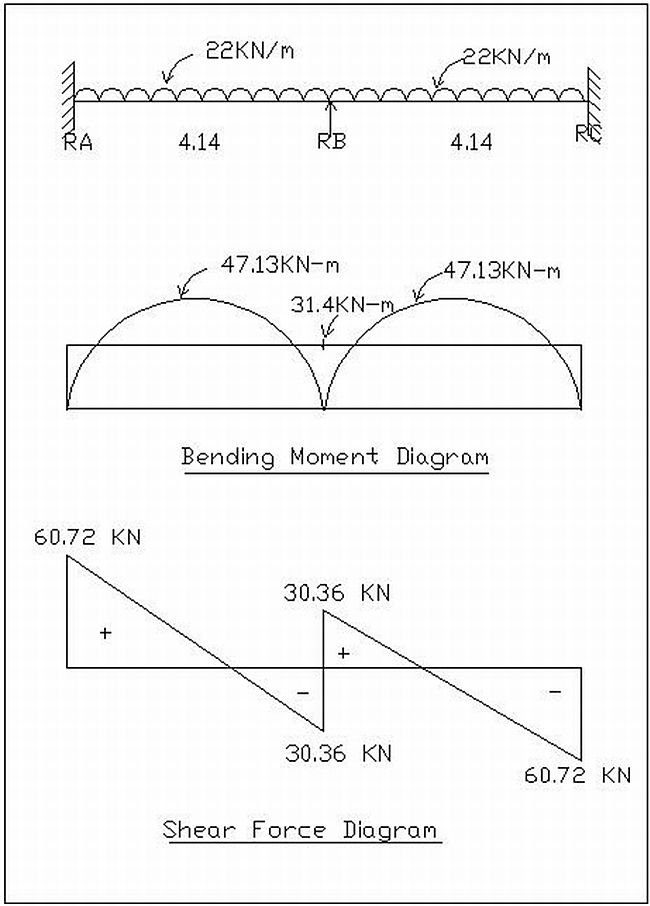Load Calculations | Design of Buildings
In our earlier article, we discussed “Different types of loads” and their importance in Structural design.
Now we will move on with our further discussion on the following points:
- Design principle assumption and notation assumed
- Design Constant
- Assumptions regarding Design
- Loads on Beams
- Loads on slabs
Design principle assumption and notation assumed:
The notations adopted throughout are same as given in IS:456:2000
Density of material used in accordance with reference to IS:857-1987s
| Sr.no | Material | Density |
| 1 | Plain concrete | 24 KN/m3 |
| 2 | Reinforced cement concrete | 25 KN/m3 |
| 3 | Flooring material (cement mortar) | 1.00 KN/m3 |
| 4 | Brick masonry | 19 KN/m3 |
Design constant
Using M20 and Fe415 grade of concrete and steel respectively for columns and footings
Therefore:
Fck – i. e. Characteristic strength for M15 – 15 N/mm2
Fck – i. e. Characteristic strength for M15 – 15 N/mm2
Fck – i. e. Characteristic strength for M20 – 20 N/mm2
Fy – i. e. Characteristic strength for steel – 415 N/mm2
